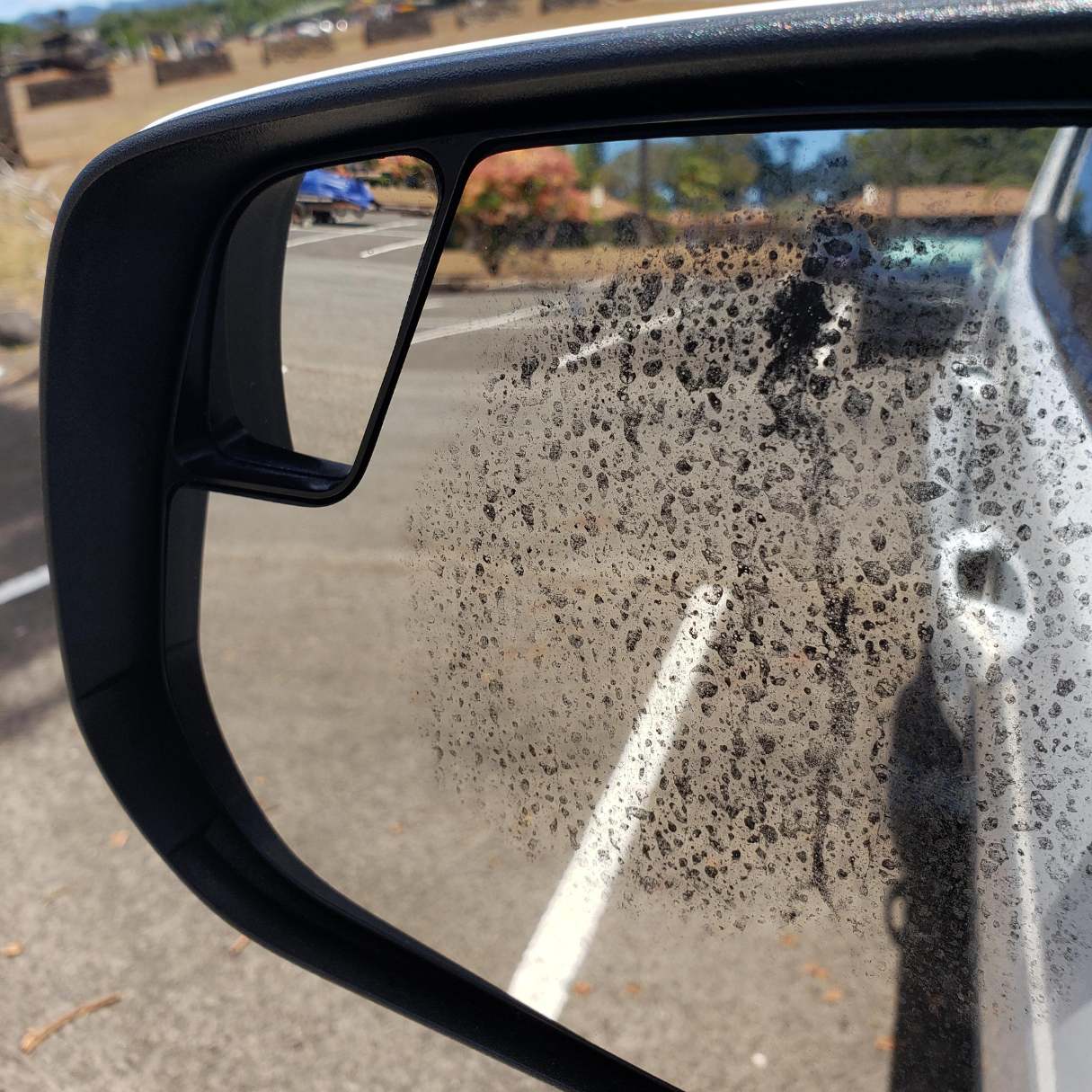

Articles
Why Do Mirrors Get Black Spots
Modified: December 7, 2023
Discover why mirrors develop black spots with our informative articles. Learn the causes and how to prevent this common issue.
(Many of the links in this article redirect to a specific reviewed product. Your purchase of these products through affiliate links helps to generate commission for Storables.com, at no extra cost. Learn more)
Introduction
Have you ever noticed those annoying black spots that seem to appear out of nowhere on your mirror? They can be a frustrating sight, especially when you’re trying to make yourself presentable. But why do mirrors get black spots in the first place?
Mirrors are an essential part of our daily lives, whether it’s for grooming, decor, or simply checking our appearance before stepping out. However, over time, mirrors can develop black spots that can obscure our reflections and diminish their functionality. Understanding the causes behind these black spots can help us prevent and minimize their occurrence.
In this article, we will delve into the various reasons why mirrors develop black spots and provide insights on how to prevent them. So, let’s explore the intriguing reasons behind this phenomenon and find out how to maintain clear and spotless mirrors.
Key Takeaways:
- Prevent black spots on mirrors by using gentle cleaning agents, minimizing moisture exposure, and handling mirrors with care. Regular maintenance and proper storage can extend the lifespan of your mirrors.
- Understanding the causes of black spots on mirrors helps in implementing preventive measures such as regular cleaning, avoiding harsh cleaning products, and minimizing exposure to moisture. Proper storage and handling are essential for maintaining clear and spotless mirrors.
Read more: Why Is My Grass Turning Black In Spots
Causes of Black Spots on Mirrors
Black spots on mirrors can be caused by a variety of factors. Understanding these causes can help us take appropriate measures to prevent or mitigate their appearance. Here are the most common causes:
- Natural Aging and Deterioration: Mirrors, like any other object, undergo natural wear and tear over time. The reflective coating on the back of the mirror can deteriorate, leading to black spots appearing on the reflective surface.
- Moisture and Humidity: Excessive moisture and high humidity levels in the environment can contribute to the formation of black spots. When water droplets settle on the mirror’s surface and evaporate, they can leave behind dirt, minerals, and other impurities, causing black spots to form.
- Chemical Reactions with Cleaning Products: Some cleaning products that contain harsh chemicals can react with the mirror’s surface, causing black spots to appear. This is especially true for ammonia-based cleaners, as they can strip away the protective coating and damage the mirror.
- Oxidation and Corrosion: Mirrors that are exposed to high levels of moisture or are located in areas with poor ventilation can be prone to oxidation and corrosion. The metal backing of the mirror can corrode over time, resulting in black spots on the reflective surface.
- Dust and Dirt Buildup: Dust, dirt, and other particles that accumulate on the surface of the mirror can create dark spots. These particles can adhere to the mirror due to static electricity or settle on the reflective surface from the surrounding environment.
- Impact and Scratches: Accidental impact or scratches on the mirror’s surface can cause black spots to develop. When the reflective coating or the mirror glass is damaged, it can create irregularities that manifest as black spots.
Now that we have explored the common causes of black spots on mirrors, let’s dive into the preventive measures we can take to keep our mirrors clear and spot-free.
Natural Aging and Deterioration
One of the main reasons mirrors develop black spots over time is natural aging and deterioration. Mirrors may come with a reflective coating on the back, typically made of aluminum or silver. This coating is responsible for the mirror’s reflective properties.
However, with regular use and exposure to elements, the reflective coating can wear off or degrade, leading to the formation of black spots. This process is known as “desilvering” and is more common in older mirrors or those of lower quality.
Desilvering can occur due to several factors, such as exposure to moisture, fluctuations in temperature, and chemical reactions with cleaning products. Over time, these factors contribute to the breakdown of the reflective coating, causing black spots to develop on the mirror’s surface.
To minimize the impact of natural aging and deterioration on your mirrors, it’s essential to handle them with care. Avoid excessive exposure to moisture and temperature extremes, as these conditions can accelerate the deterioration process. Additionally, using mild and non-abrasive cleaning agents can help preserve the reflective coating and prolong the mirror’s lifespan.
If you notice black spots developing on your mirror due to natural aging and deterioration, it may be time to consider replacing it. Investing in a high-quality mirror with a durable reflective coating can ensure a longer lifespan and a clearer reflection for years to come.
Moisture and Humidity
Excessive moisture and high humidity levels in the environment can contribute to the development of black spots on mirrors. When water droplets settle on the surface of the mirror and evaporate, they leave behind impurities such as dirt, minerals, and other particles.
These impurities can accumulate over time and create black spots on the mirror. Moisture and humidity play a crucial role in facilitating this process, as they provide an ideal environment for these impurities to settle and adhere to the mirror’s surface.
To minimize the impact of moisture and humidity on your mirrors, it’s essential to keep the surrounding area well-ventilated and relatively dry. This can be achieved by using dehumidifiers or ensuring proper ventilation in the bathroom or other areas where mirrors are often exposed to moisture.
Regularly wiping down the surface of the mirror with a clean, dry cloth can help remove any moisture or residue that may have settled on it. Avoid using wet or damp cloths, as they can introduce more moisture to the mirror and exacerbate the problem.
Additionally, keeping the bathroom or other areas where mirrors are present properly ventilated can help reduce the overall humidity levels. This can be achieved by using exhaust fans, opening windows, or using air-conditioning or dehumidifying devices.
By minimizing moisture and humidity levels in the environment, you can reduce the likelihood of black spots forming on your mirrors and ensure a clear reflection every time.
Chemical Reactions with Cleaning Products
Using the wrong cleaning products on mirrors can lead to chemical reactions that result in the development of black spots. Certain cleaning agents contain harsh chemicals, such as ammonia, which can react with the mirror’s surface and damage the protective coating.
Ammonia-based cleaners, although effective at removing stains and grime, can strip away the protective coating on the mirror over time. This coating is essential for maintaining the mirror’s reflective properties and preventing the formation of black spots.
When the protective coating is compromised, the mirror becomes more susceptible to damage and the accumulation of impurities. As a result, black spots can start to appear on the mirror’s surface.
To avoid chemical reactions with cleaning products and the subsequent development of black spots, it’s crucial to choose gentle and non-abrasive cleaning agents specifically designed for mirrors. Look for products that are labeled as “mirror-safe” or “anti-streak” to ensure they won’t harm the mirror’s surface.
When cleaning your mirror, spray the cleaner onto a microfiber cloth instead of directly onto the mirror. This prevents excessive liquid from coming into contact with the mirror and reduces the risk of damaging the protective coating.
In addition to using gentle cleaning agents, it’s important to avoid using abrasive materials, such as rough sponges or scrub brushes, which can scratch the mirror’s surface. Scratches can create irregularities on the mirror, providing a breeding ground for black spots to form.
By using appropriate cleaning products and gentle cleaning techniques, you can maintain the integrity of the mirror’s protective coating and minimize the occurrence of black spots.
Read more: Where To Put Blind Spot Mirrors
Oxidation and Corrosion
Oxidation and corrosion are common causes of black spots on mirrors, particularly when the mirrors are exposed to high levels of moisture or located in areas with poor ventilation.
The metal backing of mirrors, usually made of aluminum, is vulnerable to oxidation and corrosion over time. When exposed to moisture and oxygen, the metal can undergo a chemical reaction that leads to the formation of oxides and corrosion products.
These oxidized particles and corrosion products can settle on the mirror’s reflective surface, resulting in the appearance of black spots. The accumulation of these particles not only affects the mirror’s appearance but can also impact its reflective capabilities.
To minimize the effects of oxidation and corrosion on your mirrors, it’s important to ensure proper ventilation in the area where the mirror is located. Good air circulation helps reduce moisture levels and prevents the buildup of corrosive agents.
Avoid placing mirrors in areas with high humidity, such as bathrooms without adequate ventilation. If possible, use ventilation fans or open windows to improve airflow and minimize moisture accumulation.
In addition, regular cleaning and maintenance are essential to prevent oxidation and corrosion. Use mild cleaning agents specifically formulated for mirrors to remove any dirt or residue from the surface. Gentle wiping with a soft cloth can help remove any oxidized particles and prevent their accumulation.
If you notice signs of significant oxidation or corrosion on your mirror, it may be necessary to take more extensive measures. Consult with a professional mirror restorer to evaluate the condition of the mirror and determine the best course of action to restore its appearance and functionality.
By implementing proper ventilation and regular maintenance practices, you can minimize the impact of oxidation and corrosion on your mirrors and keep them looking pristine.
Dust and Dirt Buildup
Dust and dirt are inevitable in our environment, and mirrors are no exception to their accumulation. Over time, the buildup of dust and dirt on the surface of a mirror can lead to the formation of black spots.
When dust particles settle on the mirror’s surface, they can adhere to the surface due to static electricity or be transferred from other objects in proximity. These particles can create a layer of impurities that block the reflective properties of the mirror and manifest as black spots.
To prevent the buildup of dust and dirt on your mirrors, regular cleaning and maintenance are crucial. Use a soft, lint-free cloth or microfiber cloth to gently wipe the surface of the mirror. Avoid using abrasive materials or rough sponges, as they can scratch the mirror and create irregularities where dust and dirt can accumulate.
When cleaning, it’s recommended to spray a small amount of a gentle glass cleaner onto the cloth instead of directly onto the mirror. This helps control the amount of liquid that comes into contact with the mirror and reduces the risk of damage.
Additionally, it’s important to consider the environment where the mirror is located. Minimize dust and dirt by regularly dusting and vacuuming the surrounding area. Keep windows and doors closed when there is high outdoor dust activity, and use air purifiers if necessary.
For mirrors in areas with high dust or dirt exposure, such as entryways or near windows, more frequent cleaning may be required to prevent the accumulation of particles. A regular cleaning routine will help maintain the mirror’s reflective qualities and ensure a clear reflection.
By keeping your mirrors clean and minimizing dust and dirt accumulation, you can help prevent the formation of black spots and keep your mirrors looking their best.
To prevent black spots on mirrors, regularly clean them with a mixture of vinegar and water, and avoid using harsh chemicals that can damage the reflective coating.
Impact and Scratches
Accidental impact and scratches are other factors that can contribute to the development of black spots on mirrors. Mirrors are fragile objects that can easily be damaged if not handled with care.
When a mirror experiences a significant impact, such as being bumped or dropped, it can cause damage to the reflective coating or the mirror glass itself. This damage creates irregularities on the mirror’s surface, which can manifest as black spots.
Similarly, scratches on the mirror’s surface can create areas that are more prone to accumulating dirt and impurities. These scratches can disrupt the smoothness of the reflective surface and prevent a clear reflection.
To prevent impacts and scratches on your mirrors, it’s important to handle them with caution. Avoid placing heavy objects near mirrors or in areas where they can easily be knocked over or bumped into.
When cleaning the mirror, use a soft cloth or microfiber cloth to gently wipe the surface. Avoid using abrasive materials or rough sponges that can potentially scratch the mirror. If you notice any scratches on the mirror, it’s best to consult with a professional mirror restorer for possible repairs.
If you have mirrors in high-traffic areas or areas where accidents are more likely to occur, consider using protective measures such as applying mirror film or placing a border around the edges to minimize the risk of impact damage.
By taking preventive measures to avoid impacts and scratches, you can prolong the lifespan of your mirrors and maintain a clear reflection without the presence of unsightly black spots.
Preventive Measures
Maintaining clear and spotless mirrors is possible with the implementation of preventive measures. By taking the following steps, you can minimize the occurrence of black spots and extend the lifespan of your mirrors:
- Regular Cleaning and Maintenance: Establish a regular cleaning routine for your mirrors to prevent the buildup of dirt, dust, and impurities. Use a soft, lint-free cloth or microfiber cloth to gently wipe the surface of the mirror. Avoid using abrasive materials or rough sponges that can scratch the mirror, as scratches can contribute to the formation of black spots.
- Proper Storage and Handling: When not in use, store mirrors in a safe and secure location away from potential impacts or accidents. Avoid stacking or leaning heavy objects against mirrors that can cause them to crack or break.
- Avoid Harsh Cleaning Products: Choose gentle and non-abrasive cleaning agents specifically designed for mirrors. Avoid ammonia-based cleaners or other harsh chemicals that can strip away the protective coating and damage the mirror.
- Minimize Exposure to Moisture: Excessive moisture and high humidity levels can contribute to the formation of black spots. Keep your mirrors in well-ventilated areas, and consider using dehumidifiers or ventilation fans to reduce moisture levels. Wipe down the mirror regularly to remove any moisture or residue.
- Protect from Direct Sunlight: Prolonged exposure to direct sunlight can cause the reflective coating on mirrors to degrade over time. Avoid placing mirrors in areas where they are exposed to direct sunlight for long periods. Use curtains, blinds, or window treatments to protect the mirror from excessive sunlight.
- Inspect and Repair: Regularly inspect your mirrors for any signs of damage, deterioration, or black spots. If you notice significant issues, consult with a professional mirror restorer who can assess the mirror’s condition and recommend the appropriate repairs or maintenance.
By implementing these preventive measures, you can ensure that your mirrors remain clear, spotless, and functional for years to come. Remember to handle your mirrors with care, use gentle cleaning agents, and maintain a clean and dry environment to minimize the occurrence of black spots.
Regular Cleaning and Maintenance
Regular cleaning and maintenance are essential to keep your mirrors clear and free from black spots. Here are some tips for maintaining the cleanliness and functionality of your mirrors:
- Use the right cleaning materials: When cleaning your mirrors, use a soft, lint-free cloth or microfiber cloth to avoid scratching the surface. Avoid using rough sponges or abrasive materials that can damage the mirror’s protective coating. If needed, dampen the cloth with a mild glass cleaner specifically designed for mirrors.
- Wipe gently: When wiping the mirror, use gentle and circular motions to remove dust and smudges. Avoid applying excessive pressure as it can cause the mirror to flex and potentially distort the reflection.
- Focus on the edges: Pay attention to the edges of the mirror, as dirt and moisture tend to accumulate in these areas. Use a cotton swab or a soft brush to clean hard-to-reach spots along the edges.
- Avoid streaks: To prevent streaks on your mirror, ensure that your cleaning cloth is clean and free from any residue. Start from the top and work your way down, wiping in a vertical or horizontal motion. This will help create an even and streak-free finish.
- Remove stubborn stains: For stubborn stains or smudges, try using a mixture of water and vinegar or a mild dish soap solution. Apply the solution to the cloth and gently rub the affected area. Rinse thoroughly with clean water and dry the mirror promptly to prevent water spots.
- Inspect for damage: Regularly inspect your mirrors for any signs of damage, such as cracks or chips. If you notice any significant damage, it’s advisable to consult a professional mirror restorer who can assess the condition and recommend appropriate repairs.
- Protect from harsh chemicals: Avoid using cleaning products that contain harsh chemicals, such as ammonia or bleach, as they can strip away the mirror’s protective coating. Opt for mild and non-abrasive cleaning agents to maintain the integrity of the mirror’s surface.
- Maintain a clean environment: Keep the surrounding area clean and free from excessive dust and dirt. Regularly dust and vacuum the space near the mirror to minimize the accumulation of particles that could settle on the mirror’s surface.
By following these cleaning and maintenance practices, you can ensure that your mirrors stay sparkling clean, free from black spots, and provide you with a clear reflection every time you use them.
Proper Storage and Handling
Proper storage and handling of mirrors are essential to prevent damage and maintain their quality over time. By following these guidelines, you can ensure that your mirrors remain in optimal condition:
- Avoid rough handling: When moving or transporting mirrors, handle them with care to prevent accidental impacts or drops. Mirrors are fragile and can easily break or develop cracks if mishandled.
- Store in a safe location: When not in use, store mirrors in a secure and stable location where they won’t be at risk of being knocked over or bumped into. Avoid stacking heavy objects against mirrors as the weight can cause them to crack or break.
- Use appropriate hanging hardware: If you are hanging mirrors on walls, ensure that you use the appropriate hanging hardware and follow the manufacturer’s instructions. This will help distribute the weight evenly and prevent the mirrors from falling or tilting.
- Protect the mirror’s surface: When storing or moving mirrors, cover them with a soft cloth or protective material to prevent scratches or damage to the reflective surface. Avoid storing mirrors in areas where they are exposed to extreme temperatures or excessive humidity.
- Clean before storage: Before storing mirrors for an extended period, make sure they are clean and free from any dust or residues. This will help prevent the accumulation of dirt and impurities that can lead to the formation of black spots.
- Consider professional handling: For large or heavy mirrors, it may be advisable to seek professional assistance when moving or installing them. Professional movers or installers have the expertise and equipment to ensure safe and secure handling.
- Regularly inspect for damage: Take the time to inspect your mirrors regularly for any signs of damage, such as cracks or chips. Promptly address any issues to prevent further damage and maintain the mirror’s quality.
By storing and handling your mirrors properly, you can prevent accidents, minimize the risk of damage, and ensure that they remain in pristine condition for years to come. Remember to handle mirrors with care and take necessary precautions to protect their delicate surfaces.
Avoid Harsh Cleaning Products
When it comes to cleaning mirrors, it’s important to choose the right cleaning products to avoid damaging the surface and causing the development of black spots. Harsh cleaning products, such as those containing ammonia, bleach, or abrasive chemicals, can strip away the protective coating on mirrors and lead to unwanted consequences.
Ammonia-based cleaners, although effective at removing grime and stains, can be particularly harmful to mirrors. The ammonia can break down the mirror’s protective coating, causing it to deteriorate over time. This degradation can result in the formation of black spots on the mirror’s surface.
To ensure the longevity and clarity of your mirrors, opt for gentle and non-abrasive cleaning agents specifically formulated for mirrors. Look for products that are labeled as “mirror-safe” or “anti-streak” to minimize the risk of damage.
When cleaning your mirrors, always spray the cleaning solution onto a soft cloth or microfiber cloth rather than directly onto the mirror. This prevents excessive liquid from coming into direct contact with the mirror’s surface, reducing the risk of damaging the reflective coating.
In addition to being cautious with the cleaning products themselves, it’s also important to avoid using abrasive materials or rough sponges when cleaning mirrors. These materials can scratch the mirror’s surface, creating irregularities where dirt and impurities can accumulate, leading to black spots over time.
If you encounter stubborn stains or marks on your mirror, try using a mixture of water and vinegar or a mild dish soap solution. Apply the solution to a cloth and gently rub the affected area. Rinse thoroughly with clean water and dry the mirror promptly to prevent water spots.
By avoiding harsh cleaning products and using gentle cleaning solutions, you can protect the integrity of your mirrors, maintain the clarity of the reflective surface, and prevent the formation of black spots.
Minimize Exposure to Moisture
Moisture is a common culprit behind the development of black spots on mirrors. Excessive exposure to moisture can lead to the accumulation of dirt, minerals, and other impurities on the mirror’s surface, resulting in unsightly black spots.
To minimize the impact of moisture on your mirrors, it’s important to take preventive measures and create an environment that discourages moisture buildup. Here are some tips to help you achieve that:
- Proper ventilation: Ensure that the area where your mirrors are located is well-ventilated. Proper airflow helps to reduce humidity levels, preventing moisture from settling on the mirror’s surface. Use ventilation fans, open windows, or install dehumidifiers if necessary.
- Prevent water splashes: In locations where mirrors are exposed to direct water splashes, such as bathrooms or near sinks, take steps to minimize excessive water contact. Use shower curtains, installation glass enclosures, or splash guards to prevent water from reaching the mirror’s surface.
- Wipe down after use: After using water in close proximity to your mirror, such as during showers or while washing your face, take a moment to wipe down the mirror with a clean, dry cloth. This removes any water droplets or residue that may have settled on the surface.
- Check for leaks: Regularly inspect the area around your mirrors for any signs of water leaks or moisture buildup. Address any leaks promptly to prevent prolonged exposure to moisture, which can lead to the formation of black spots.
- Maintain proper humidity levels: In areas with consistently high humidity, such as bathrooms without sufficient ventilation, consider using a dehumidifier to maintain optimal humidity levels. This helps to reduce the amount of moisture in the air and minimize the risk of black spots on mirrors.
- Dry mirrors promptly: If your mirrors do come into contact with water or moisture, be sure to dry them promptly using a clean, dry cloth. This prevents water spots and reduces the chance of impurities settling on the mirror’s surface.
By minimizing exposure to moisture and creating a dry environment around your mirrors, you can significantly reduce the likelihood of black spots forming. Regular maintenance and vigilance in keeping moisture at bay will help preserve the clarity and beauty of your mirrors.
Read more: How To Remove Blind Spot Mirrors
Conclusion
Black spots on mirrors can be a frustrating and unsightly issue, but understanding their causes can help prevent and minimize their occurrence. From natural aging and deterioration to moisture, chemical reactions, oxidation, dust buildup, impact, and scratches, various factors can contribute to the formation of black spots on mirrors.
By implementing preventive measures such as regular cleaning and maintenance, proper storage and handling, avoiding harsh cleaning products, minimizing exposure to moisture, and addressing impacts and scratches, you can maintain clear and spotless mirrors for years to come.
Regularly cleaning your mirrors with non-abrasive solutions and gentle materials, such as soft cloths or microfiber cloths, helps remove dust, dirt, and impurities, preventing black spots from forming. Proper storage in secure areas and careful handling reduce the risk of accidental damage and maintain the integrity of the mirror’s surface.
Avoiding harsh cleaning products that contain ammonia or bleach, and instead opting for mirror-safe cleaning agents, protects the protective coating on the mirror and prevents degradation. Minimizing exposure to moisture through proper ventilation and wiping down mirrors after use in wet environments helps prevent the accumulation of impurities and the formation of black spots.
Inspecting mirrors for damage and addressing any issues promptly can prevent further deterioration and potential black spot formation. By following these preventive measures, you can ensure that your mirrors remain clear, pristine, and provide you with a flawless reflection every time you use them.
In conclusion, taking proper care of your mirrors is crucial to keeping them free from black spots and maintaining their functionality and visual appeal. By incorporating these preventive measures into your mirror maintenance routine, you can enjoy clear and spotless mirrors that enhance the beauty and functionality of your space.
Frequently Asked Questions about Why Do Mirrors Get Black Spots
Was this page helpful?
At Storables.com, we guarantee accurate and reliable information. Our content, validated by Expert Board Contributors, is crafted following stringent Editorial Policies. We're committed to providing you with well-researched, expert-backed insights for all your informational needs.
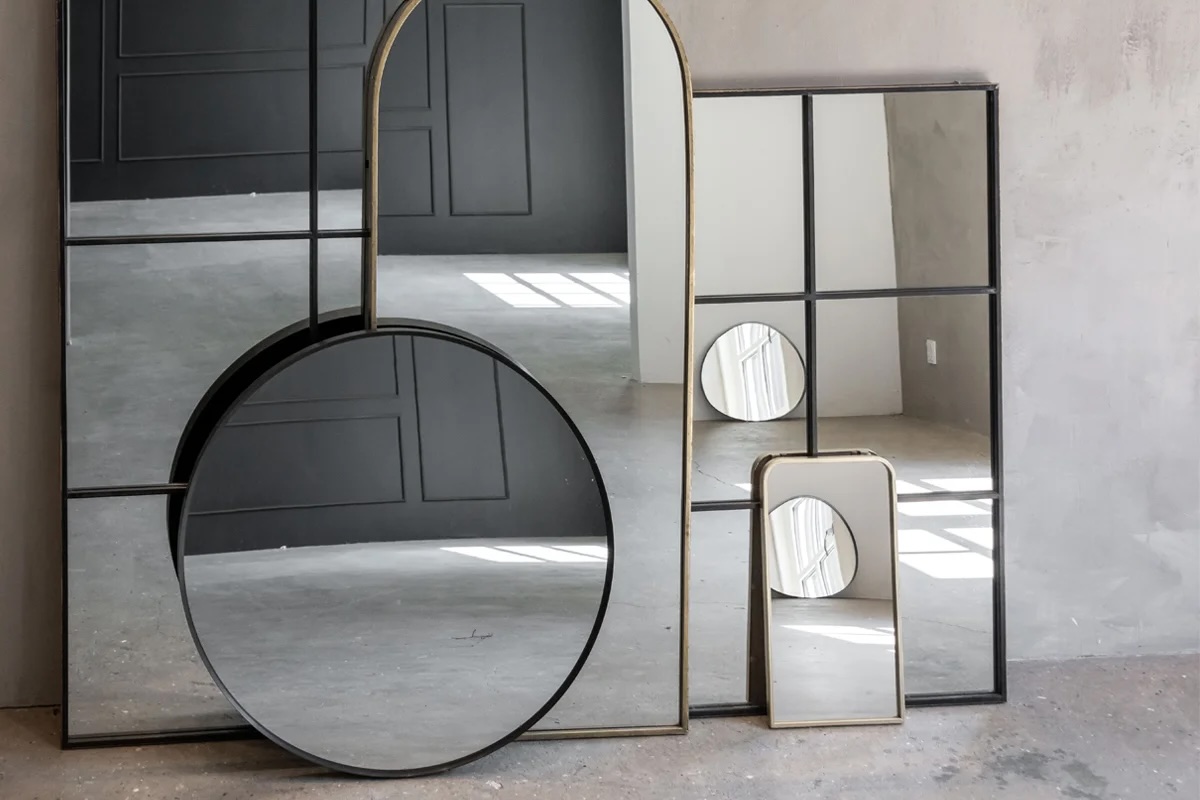

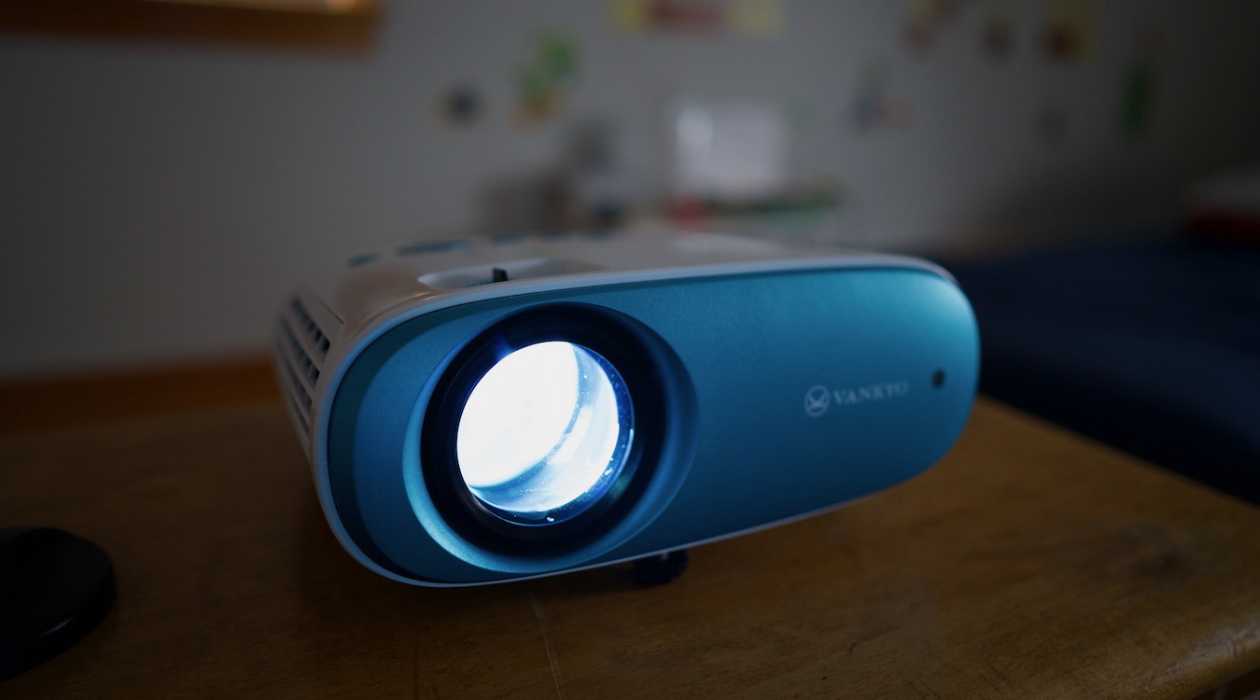
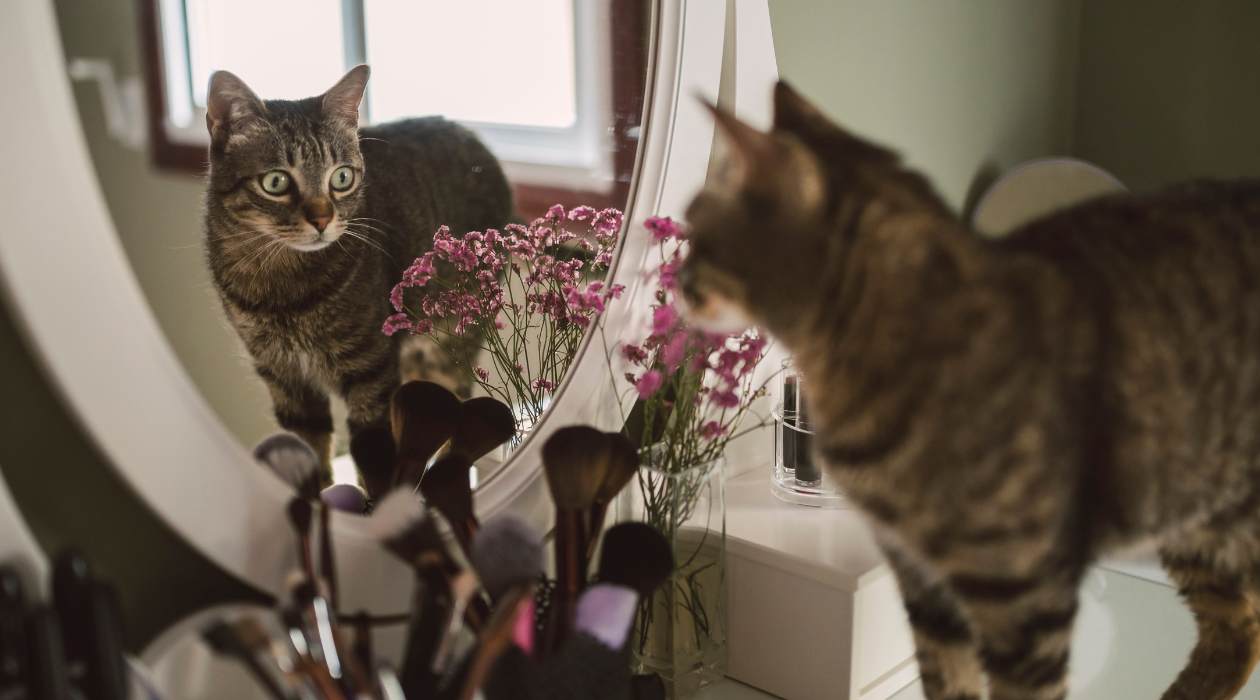
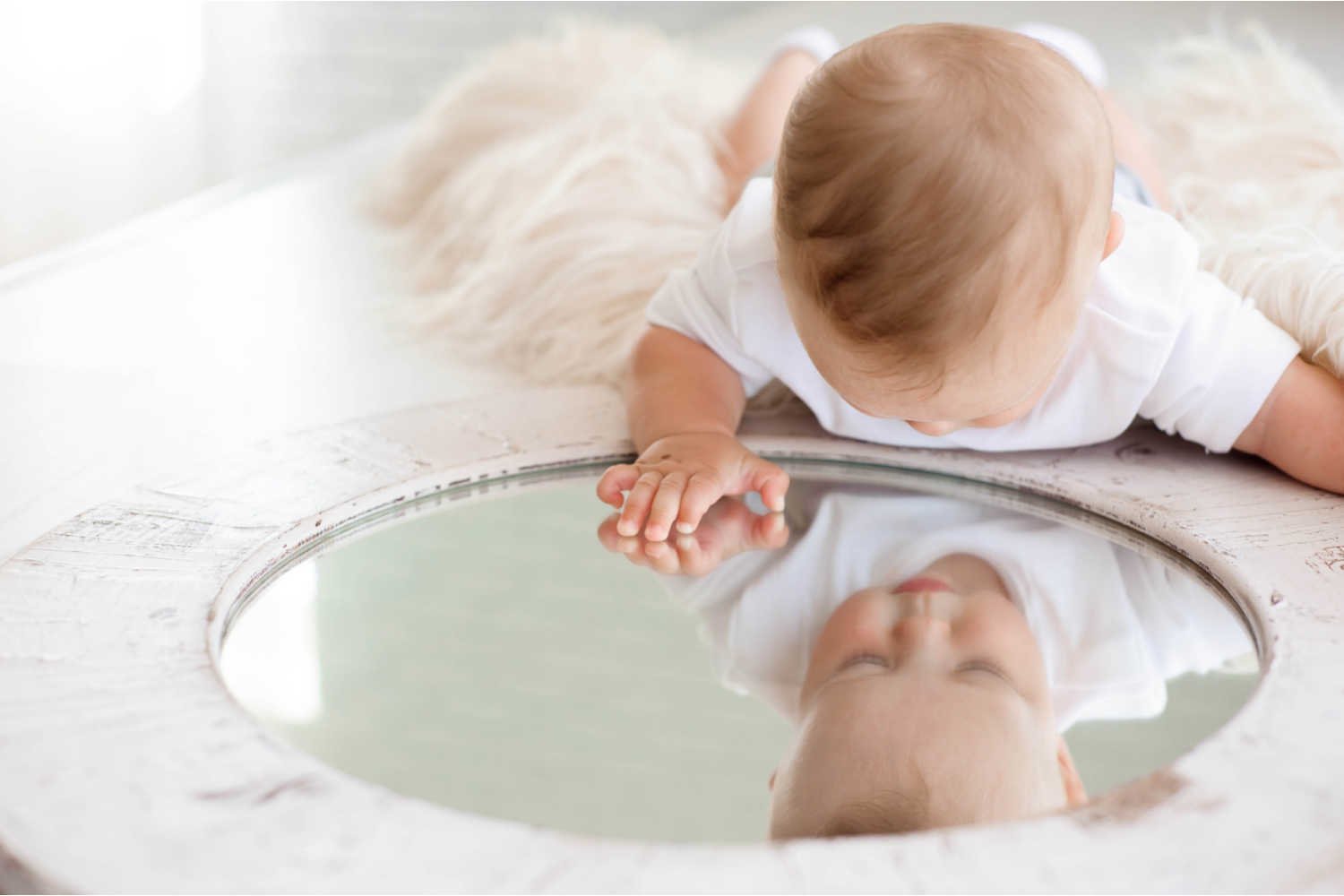


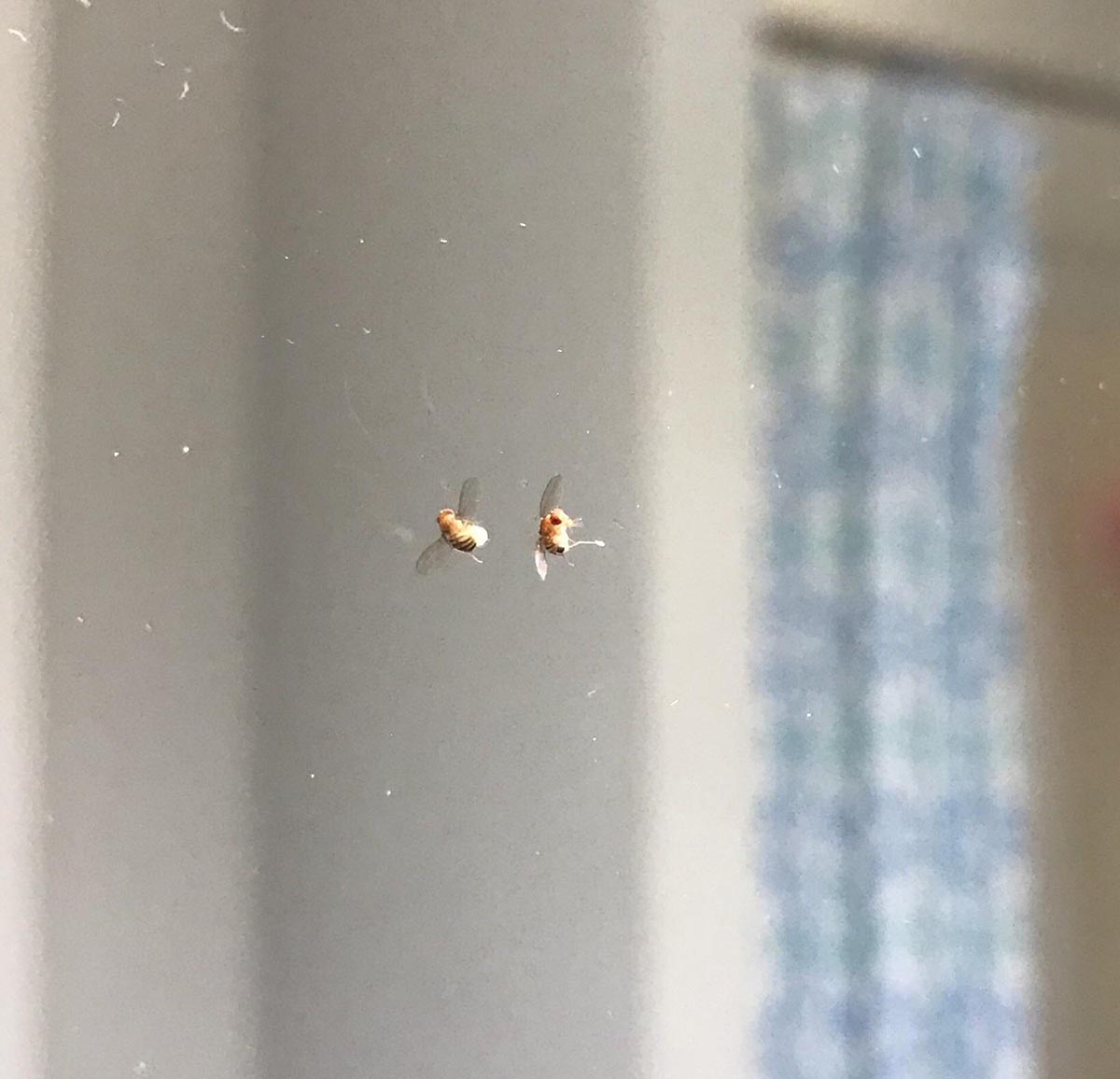
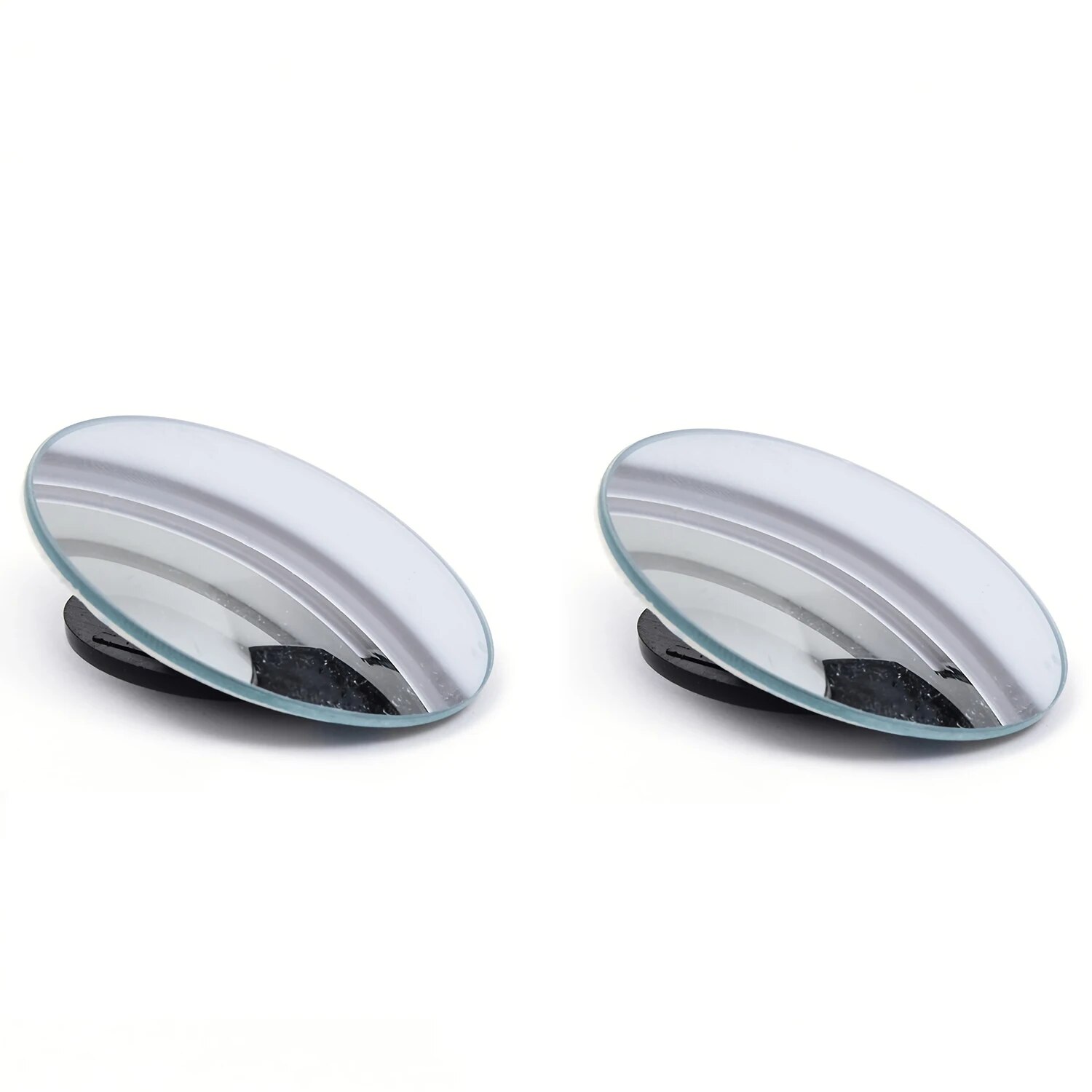
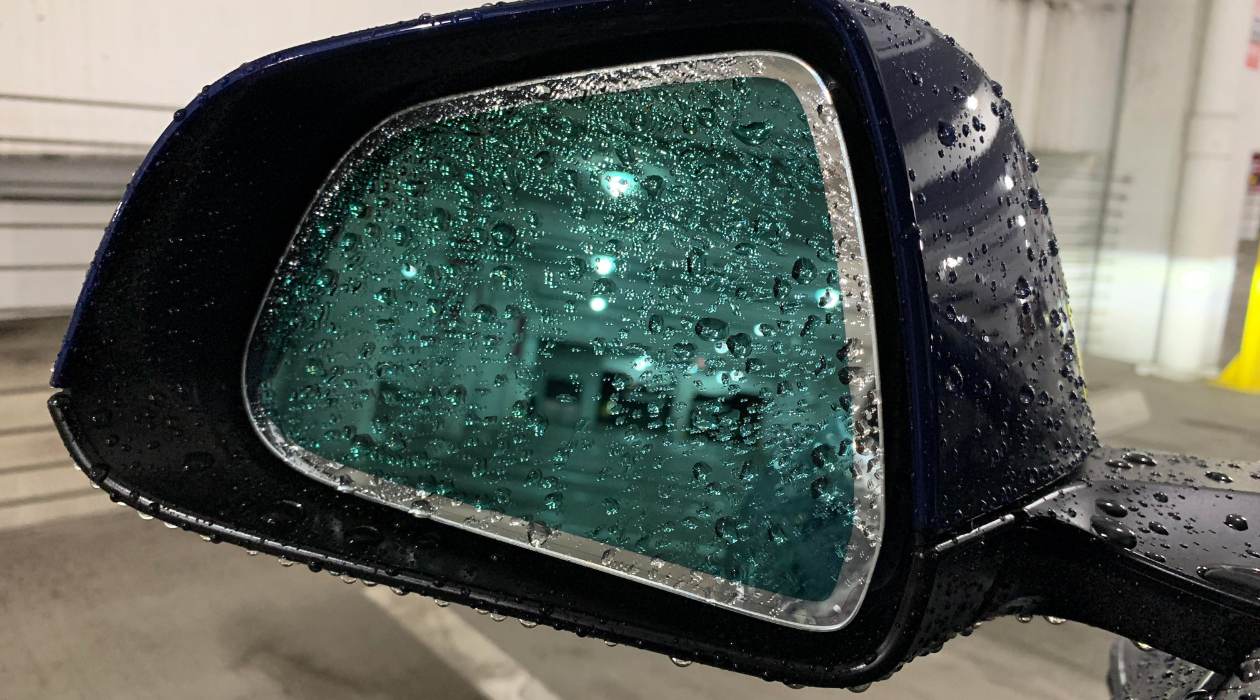

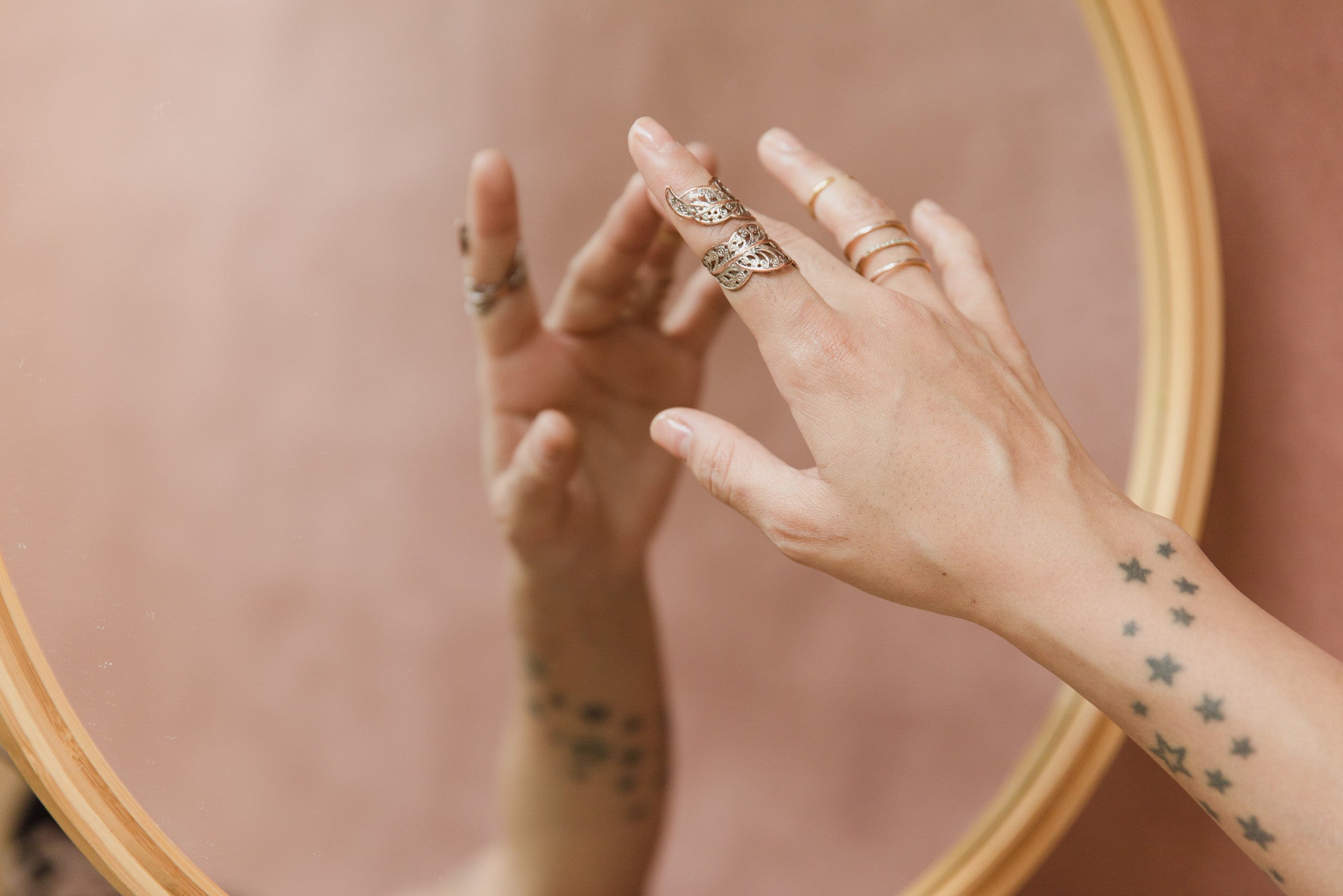

0 thoughts on “Why Do Mirrors Get Black Spots”